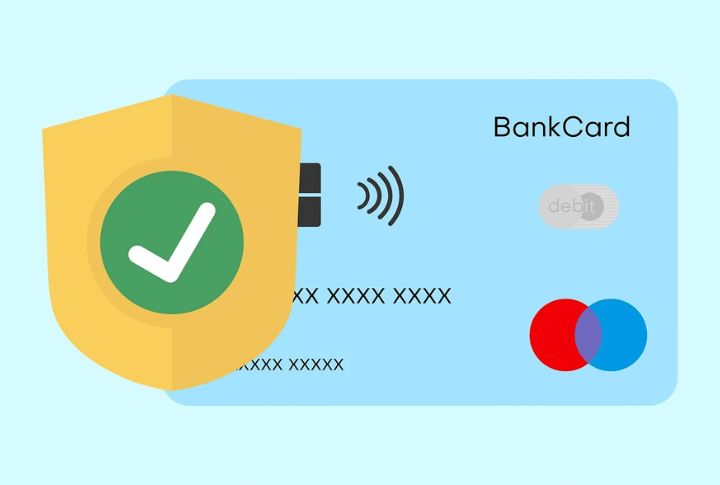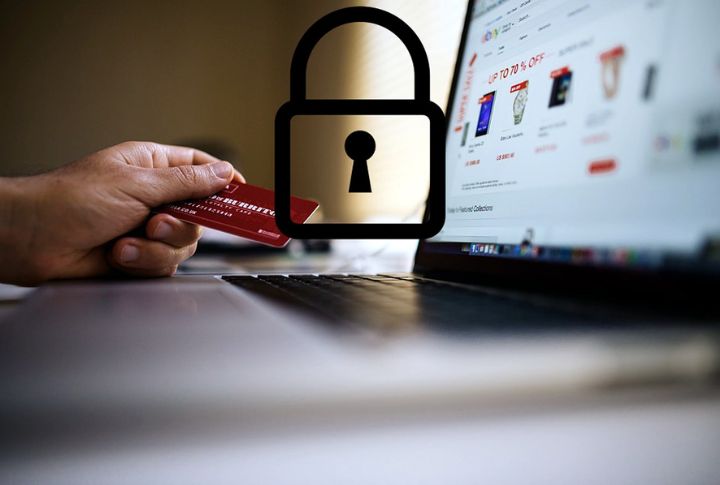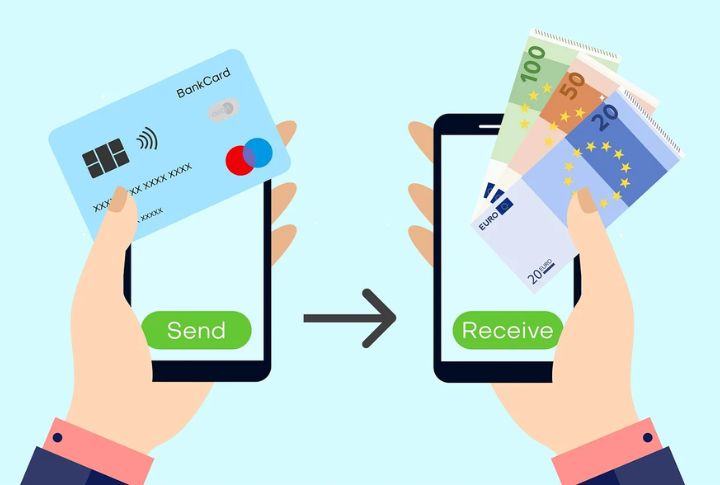
Sending a wire transfer without understanding the basics is risky. You might think it’s straightforward, but costly mistakes happen more often than you’d expect. Banks won’t always highlight the hidden fees, and potential issues can catch you off guard. So, here are the key facts to ensure a smooth, secure transfer.
Wire Transfers Don’t Happen Instantly

Wire transfers are not instantaneous. Domestic transfers typically arrive within a few hours, while international transfers take 1 to 5 business days. These transfers are processed in batches, rather than in real time, and only during business hours. Sending on a Friday? Weekends or holidays may cause delays, especially with outdated bank systems.
You Can’t Cancel A Completed Wire

After a wire transfer goes through, it usually can’t be undone. Even a small mistake, like a wrong account number, can send money to the wrong place permanently. International wires add extra risk since intermediary banks get involved, making the process more complicated and the chances of recovery even lower.
Wire Transfers Are Not The Same As ACH

ACH and wire transfers aren’t interchangeable. ACH works well for recurring payments like payroll, usually taking 1–3 days and allowing reversals if needed. Wire transfers move money faster—often the same day—and are typically irreversible. Because of this, they’re often used for larger or time-sensitive transactions where speed and certainty matter.
Wires Cost More Than Other Transfers

Wire transfers generally cost more than other methods. Domestic wires range from $15 to $30, while international transfers can exceed $50. Fees are generally charged at both the sending and receiving ends. Some U.S. institutions even charge up to $10 just to receive funds. However, certain credit unions offer free wire services.
You’ll Need Detailed Info To Send One

To send a wire, you’ll need specific information, which includes the recipient’s name, address, bank name, routing number, and account number. For international transfers, a SWIFT/BIC code or IBAN is also required. An incorrect SWIFT code could redirect funds to another country. In some cases, banks may require in-person authorization for international wire requests.
Wire Transfers Are Safer For Large Sums

For large transactions, wire transfers are safer. Funds transfer directly between financial institutions, reducing interception risk. With no paper check or card involved, they provide more security. Many businesses use them for real estate and international trade. That said, a transfer may be rejected if the sending bank encounters issues.
Wire Transfers Are Regulated And Tracked

Any electronic transfer between financial institutions that exceeds $10,000 is reported to the IRS. These bank wires are monitored under strict anti-money laundering laws, and suspicious activity may trigger a Suspicious Activity Report (SAR). Unlike most app-based options, wire transfers provide a reliable paper trail for compliance and record-keeping.
Your Bank Sets Daily Transfer Limits

Daily wire limits vary by bank, account type, and customer history. Some institutions restrict online transfers to $5,000 per day. Higher-value transactions may require extra verification or a manager’s approval. In certain cases, sending more means visiting a local branch. Understanding these caps helps avoid surprises and transfer delays.
Wire Transfers Can Be Traced, But Only To A Point

Wire transfers are traceable as they move between financial institutions, allowing banks to track their route. However, tracing doesn’t guarantee recovery in cases of fraud. You can track the transfer’s progress using an MT103 proof of payment document. Additionally, SWIFT messages act as digital receipts for international wire transactions.
Always Confirm Wire Instructions Through A Trusted Source

Before sending funds—especially for real estate or business deals—verify wire instructions using a known phone number or in-person contact. Scammers often impersonate agents or vendors and send fake updates via email. Calling the company directly avoids costly misdirection and ensures the account details are legitimate.
